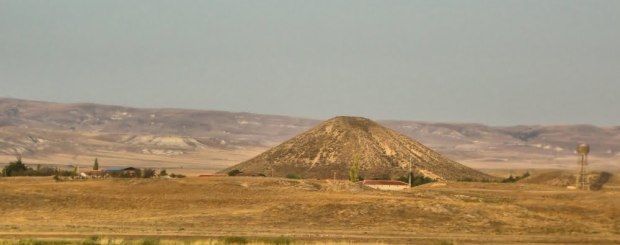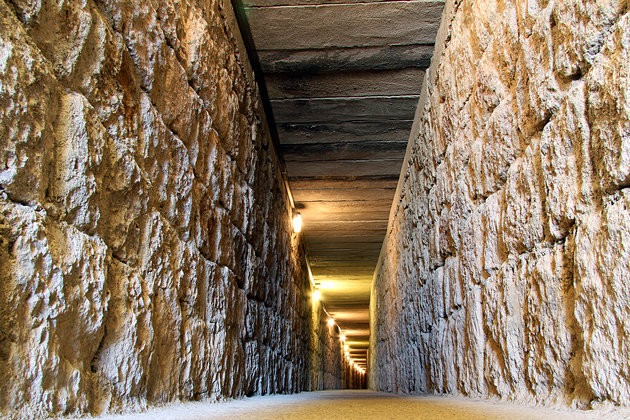Full-day Gordium
You are booking for : Full-day Gordium
Gordium was the capital city of ancient Phrygia. It was located at the site of modern Yassıhüyük, about 70–80 km southwest of Ankara. The most famous king of Phrygia was the quasi-legendary Midas. Contemporary Assyrian sources dating between c. 718 and 709 BCE call him Mit-ta-a. According to ancient tradition, in 333 BCE Alexander the Great cut (or otherwise unfastened) the Gordian Knot: this intricate knot joined the yoke to the pole of a Phrygian wagon that stood on the acropolis of the city. The wagon was associated with Midas or Gordias (or both), and was connected with the dynasty’s rise to power. A local prophecy had decreed that whoever could loose the knot was destined to become the ruler of Asia.
Tumulus MM (for “Midas Mound”), the Great Tumulus, is the largest burial mound at Gordium, standing over 50 meters high today, with a diameter of about 300 meters. The tumulus was excavated in 1957 by Young’s team, revealing the remains of the royal occupant, resting on purple and golden textiles in an open log coffin, surrounded by a vast array of magnificent objects. The burial goods included pottery and bronze vessels containing organic residues, bronze fibulae (ancient safety pins), leather belts with bronze attachments, and an extraordinary collection of carved and inlaid wooden furniture, exceptional for its state of preservation.
-
-
li]Professional Cultural English speaking guide.[/li]
- All entrance fees to Museums and sights.
- Comprehensive sightseeing.
- Deluxe A/C Transport.
- Traditional Turkish meal in Restaurant.
- Soft drinks and water during Coach touring.
-
- All tips to guides, escorts, drivers and hotel and restaurant staff
- All items of a personal nature, including beverages, wines, liqueurs, tea, coffee, mineral water, phone calls, laundry/valet service and food other than stated in the itinerary.
- Any other item not specifically mentioned as being included.
- Baggage, Travel insurance
- Porterage
- Accommodation
- International & Domestic flights
Itinerary
Morning Departure to Gordion, famous city from where turkish rugs acquires the weaving tecnique the famous “Gordes Knot” (double knot). Visit the Tumulus of King Midas and the small ruins of the city. (L)



Recent Comments